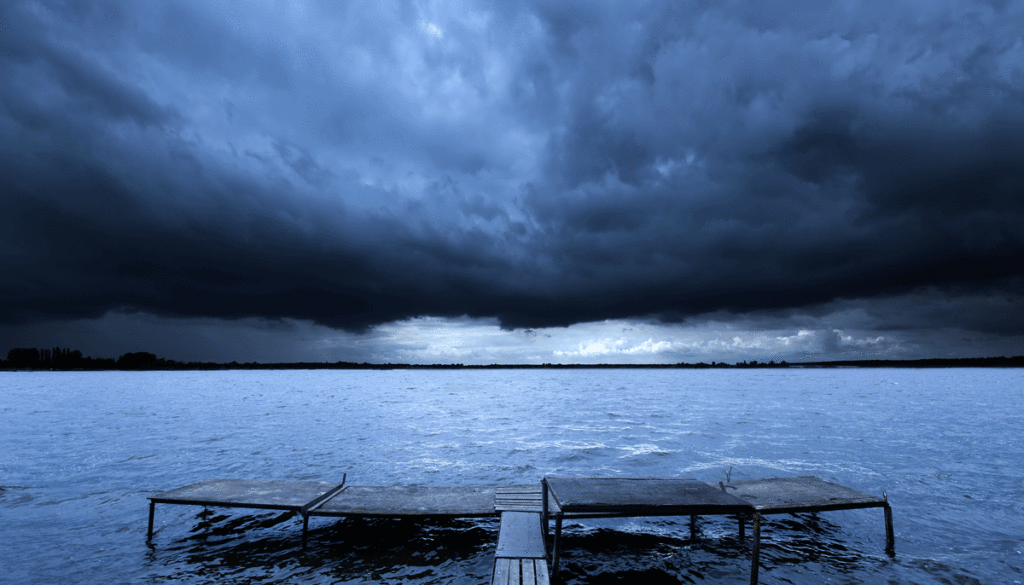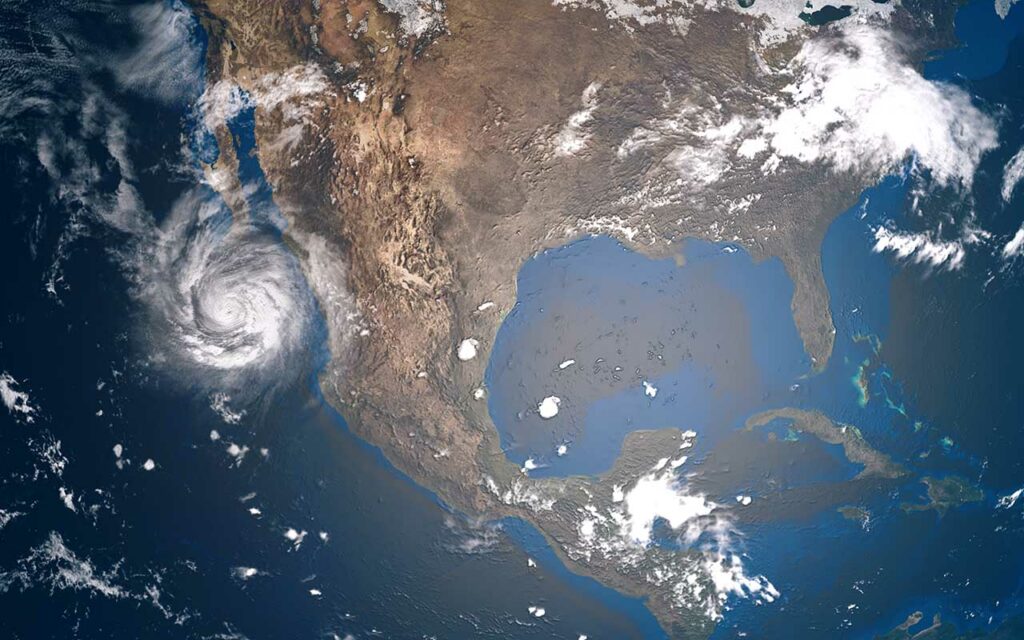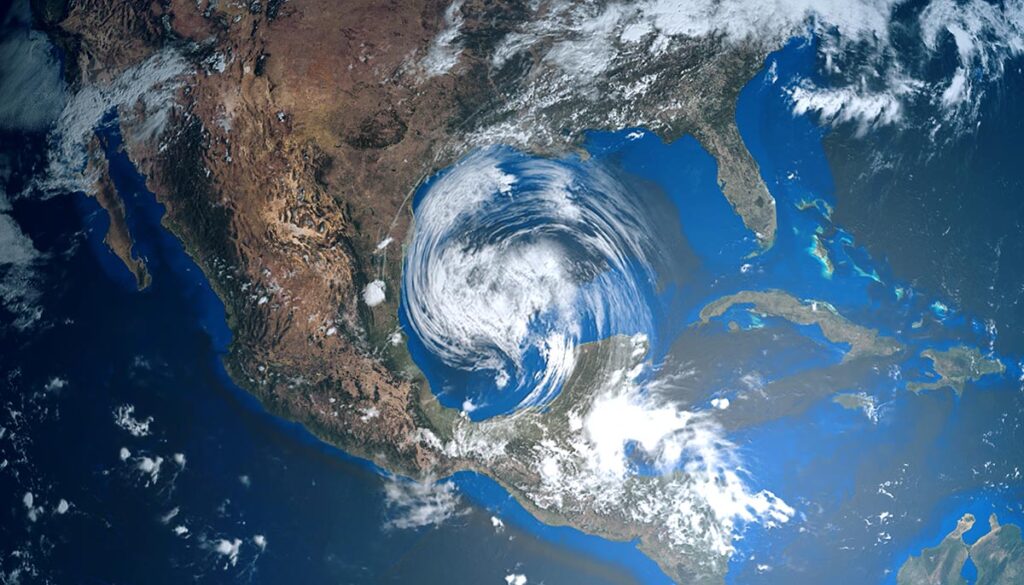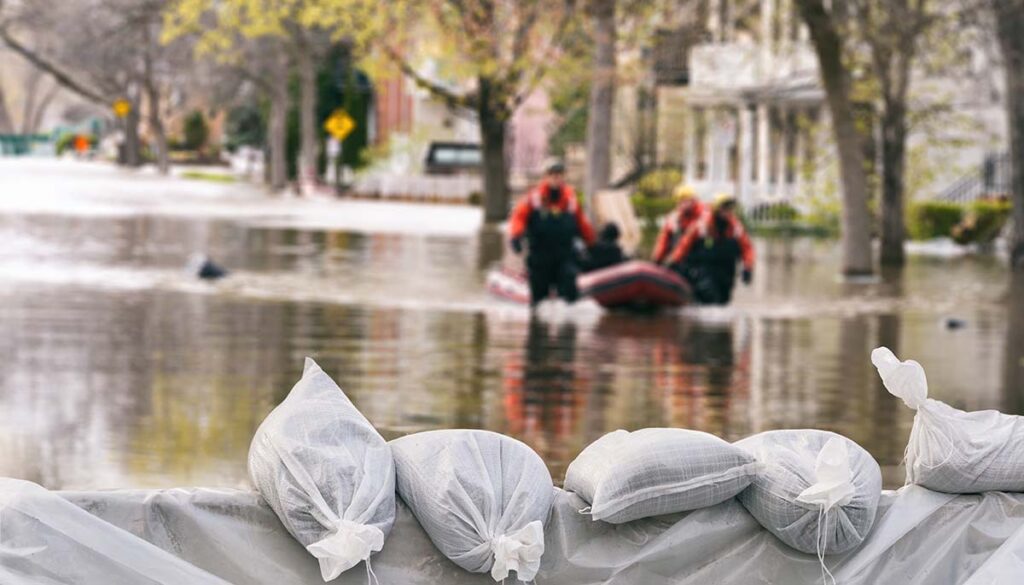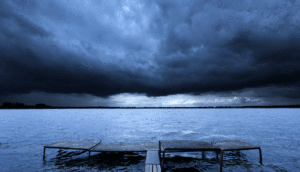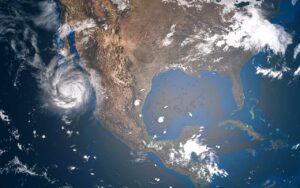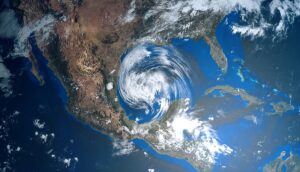You hear many terms describing icy weather: Frost, frozen precipitation, freezing rain, sleet, ice pellets, hail, and ice storms. What’s the difference in these terms, and how are these weather conditions created?
Frost
Frost describes a fuzzy layer of ice crystals formed over a cold object, such as railings or a window. This layer forms through deposits of water vapors. Frost develops under similar conditions to dew; however, the difference is that frost forms when earthbound objects and earth surface temperatures fall between 32 degrees, although it frequently occurs at levels in the mid-30s.
Frozen precipitation
Generally speaking, any precipitation that reaches the ground in a frozen form is considered frozen precipitation. This includes snow, snow pellets, snow grains, ice pellets, ice pellets, and hail, according to the American Meteorological Society (AMS).
Freezing rain
Freezing rain occurs under similar conditions to sleet, but there is a major difference. Freezing rain occurs when the layer of freezing air is so thin that raindrops don’t have enough time to freeze solidly before reaching the ground. According to the National Weather Service (NWS), when the raindrops make contact with the frozen surface, it creates encoding of ice, according to the National Weather Service (NWS).
Sleet
Sleet occurs under similar conditions as freezing rain. However, the key difference is that the freeze occurs as the rain passes through freezing air, causing it to freeze before reaching the ground. It is referred to as ice pellets by the AMS. These may be spherical or regular, although in rare cases, conical in shape. They fall to Earth and bounce off of objects; the pellets are recognized in two forms in the US: Sleet or small hail. Sleet refers to solid grains of ice formed from the freezing of raindrops. They can also be the refreezing of largely melted snowflakes.
Small hail is snow pellets encased in a thin layer of ice.
Hail
It doesn’t have to be winter for hail to form. It occurs during spring, summer or fall thunderstorms. According to USA Today, formation begins when snow-like particles form in the subfreezing air at the top of a thunderstorm (the tops of thunderstorms are below freezing even in the middle of summer).
As ice crystals and cloud droplets freeze onto these particles, the hailstones grow larger. Strong winds suspend them in the clouds. Eventually, the hailstones grow too heavy, and gravity pulls them down to Earth. Generally, hail is small, around the size of a penny. However, in many storms, hail grows to larger sizes like a quarter, golf ball, even monstrous hail the size of a baseball.
Ice storms
According to the NWS, an ice storm, also known as a glaze event, describes the accumulation of ice during freezing rain situations. Freezing rain is the major factor at work in an ice storm. According to Rainbow International, ice storms typically form when the air temperature is at or just above freezing, in the range of 32-38 degrees.
The NWS issues an ice storm warning whenever freezing rain creates a significant or potentially damaging ice accumulation. The criteria vary from state to state but are typically issued whenever more than one-quarter inch of ice is expected to accumulate on exposed surfaces in an area.
Generally, ice storms are not violent but often gentle rains that freeze. However, the impact of ice storms can be destructive and deadly. Heavy accumulations of ice on trees, utility poles, or communication towers can bring them crashing to the ground. A primary threat during ice storms is the loss of electricity.

